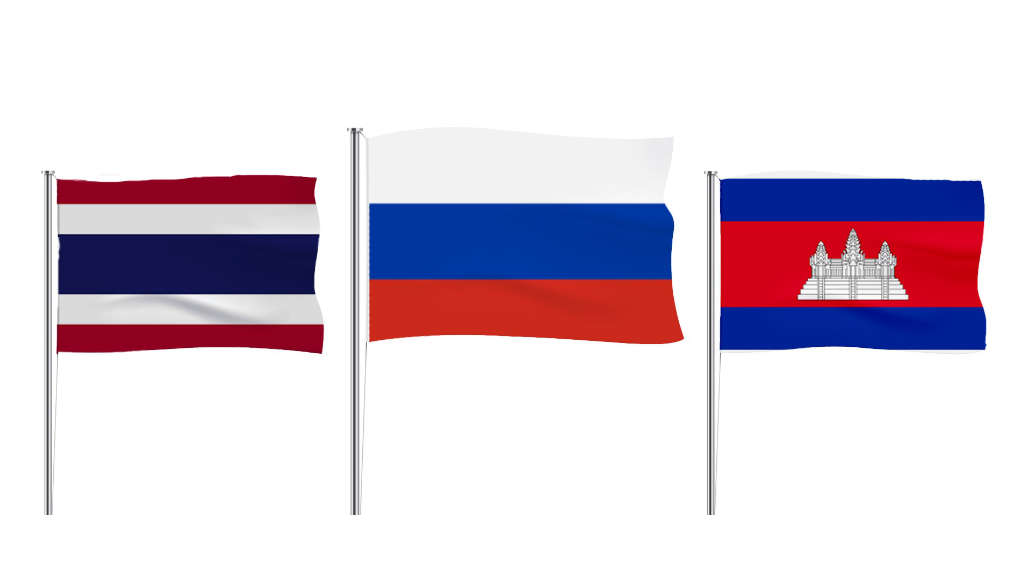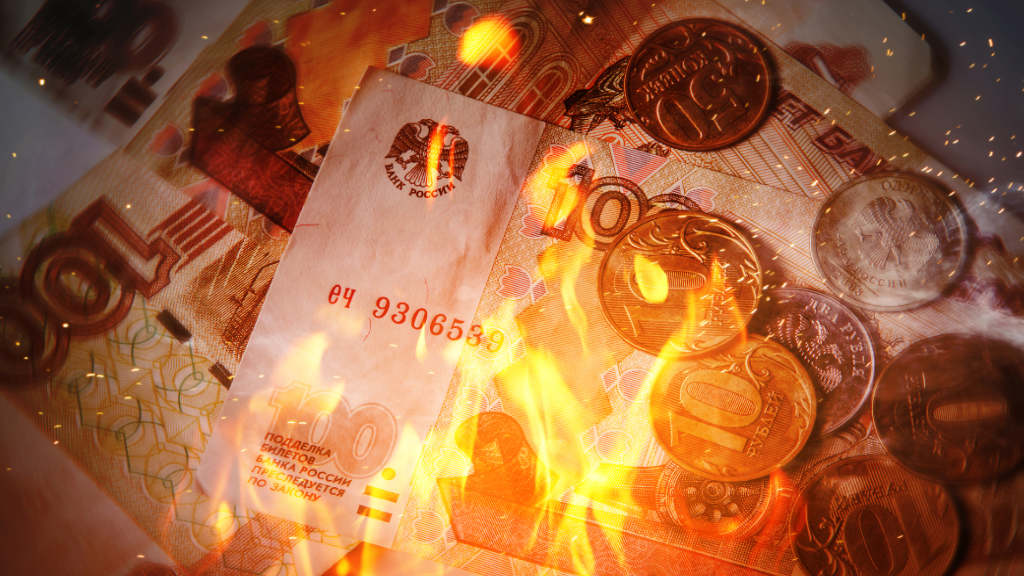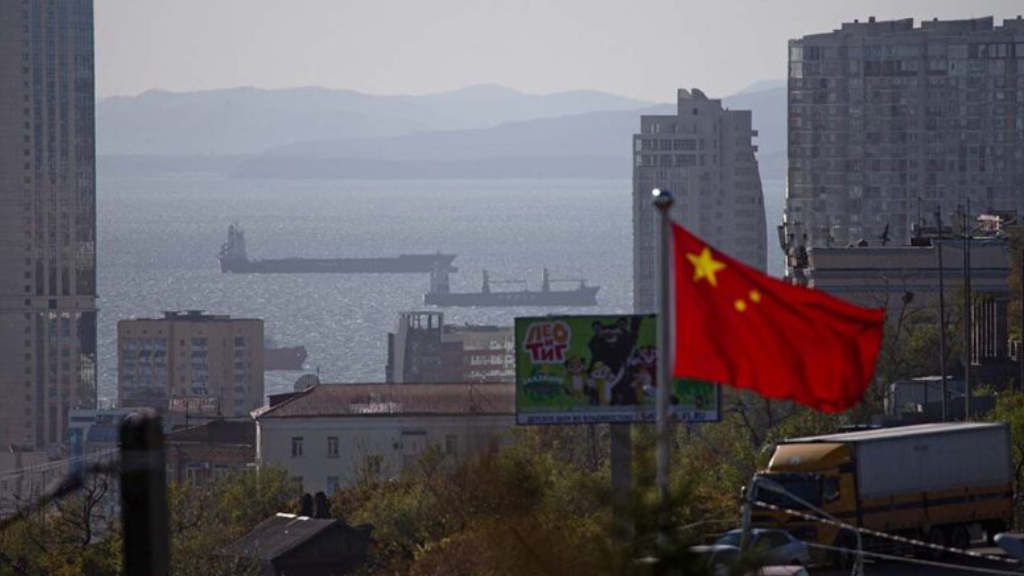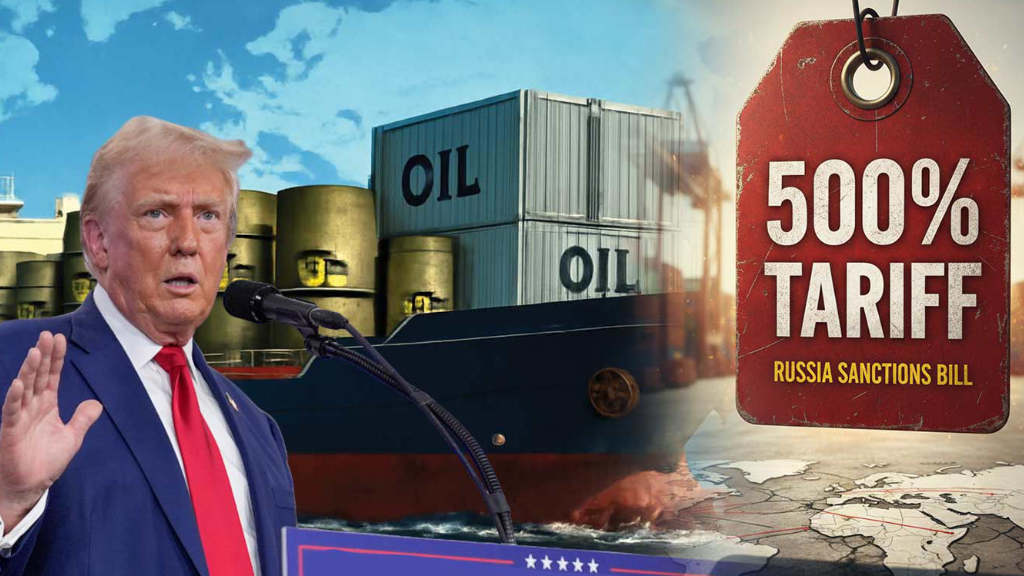Conflict has broken out between Thailand and Cambodia, regarding long-disputed land borders and certain temples. The problems began with a Thai soldier being wounded by a Cambodian land mine and have escalated. As of Friday, (July 25) an estimated 15 civilians have died with 138,000 Thai nationals being evacuated from the border region. Fighting has broken out along 15 points along the border.
The conflict, while its roots go back a long way to French-colonial times, is unusual as both countries are members of ASEAN, the southeast Asian trade bloc that also includes Brunei, Indonesia, Laos, Malaysia, Myanmar, the Philippines, Singapore, and Vietnam. Although there have been stresses involving Myanmar, there generally hasn’t been any major intra-ASEAN conflict for decades.
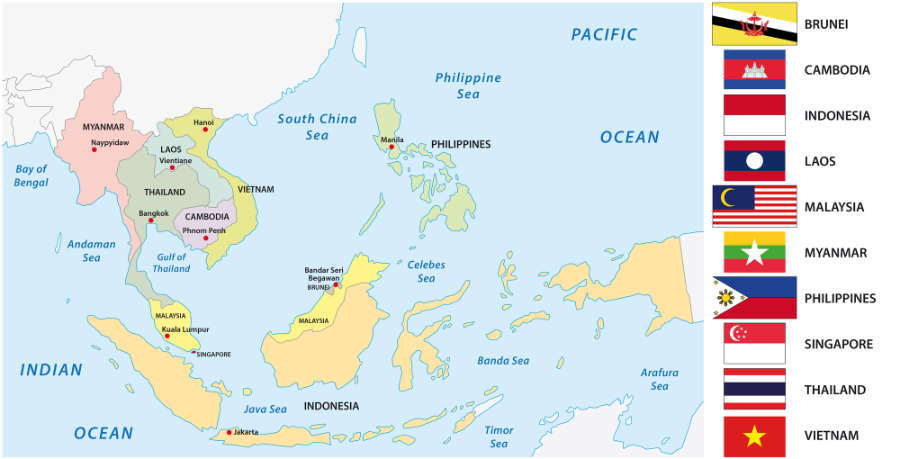
Russia established relations with ASEAN in 1991 and became a Dialogue Partner in 1996. It also participates in the Russia-ASEAN Strategic Partnership, established in 2018, and also participates in the related East Asia Forum. ASEAN is a key part of Russia’s own Strategic Development Plan to 2030, while a similar ASEAN-Russia development plan is also in place that focuses on strengthening political, security, economic, and socio-cultural ties. This plan, outlined in the 2021-2025 Comprehensive Plan of Action, is due for renewal. Russia’s Foreign Minister, Sergey Lavrov, attended the most recent Russia-ASEAN meetings in Kuala Lumpur earlier this month to finalise an updated 2026-2031 version, which should be ready for signing later this year.
Thailand
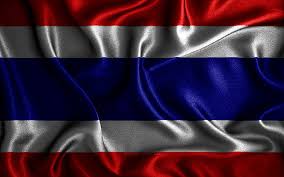
While Russia is unlikely to become publicly involved in the stand-off, it does have significant and growing relations with both Thailand and Cambodia. Thailand is a BRICS partner state and has bilateral trade with Russia of about US$2 billion, with the mutual agricultural sector and Russian tourism to Thailand showing significant recent increases. Russian exports of agricultural products to Thailand almost doubled last year, with exports of wheat flour and frozen fish seeing the strongest growth, increasing by 100% and almost 80% respectively.
Thailand is also actively pursuing a Free Trade Agreement with the Eurasian Economic Union (EAEU), aiming to boost trade and economic cooperation. The EAEU includes Russia as well as Armenia, Belarus, Kazakhstan, and Kyrgyzstan. Thailand sees this as a strategic opportunity to expand its trade partnerships and attract investment, particularly in areas such as high-tech and food security. Russia also sells military equipment to Thailand, including T-84 tanks, Mi-17 helicopters, and S-300 air defence systems.
Cambodia
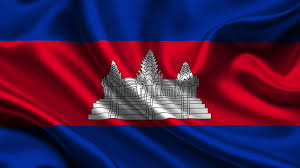
Cambodia meanwhile is not a member of BRICS, although it does maintain strong relations with China. Like Thailand, it is also negotiating a Free Trade Agreement with the EAEU, while it is also an observer to the Shanghai Cooperation Organisation (SCO). That may be upgraded shortly – neighbouring Laos has just been accepted into the SCO as a partner, mainly to assist it with security issues related to opium production and smuggling.
Russian trade with Cambodia is smaller (it has a population of 17.5 million as opposed to Thailand’s 72 million, and is running at about US$50 million. Cambodian markets are somewhat difficult to reach from Russia, with most trade having to pass via China, and Russian businesses concentrating on developing both the Chinese and Vietnamese markets, leaving Cambodia somewhat neglected. However, there is room for growth, both in agriculture and the tourism sectors.
Russian weapons sales to Cambodia are limited, with the country buying most of its military equipment requirements from China. However, Russia and Cambodia have been developing security and defence cooperation in other areas, such as military exercises and port visits.
Likely Development
The Thailand-Cambodia conflict will probably be resolved fairly quickly, although there will be repercussions – border areas and crossings may be curtailed for the immediate future. ASEAN has a conflict resolution mechanism however this has obviously failed to resolve and prevent what ought to have been restricted to a minor skirmish. This points to ASEAN needing to strengthen its mechanisms for conflict prevention and resolution, including exploring ways to better utilize existing tools and adapt them to specific situations. Russia and especially China will be looking at how to resolve the current situation, with Beijing very much regionally influential.
Cambodian politics is relatively stable, however Thailand’s are less so, with an unpopular King and a history of military coups. Given that Thailand is the larger country and also faces a degree of Islamic unrest to its south, diplomats on all sides will be wanting to see the current situation rapidly solved.
Further Reading

